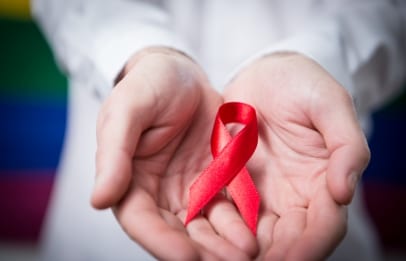Ok, first the good news: in both 2013 and 2014, the number of new HIV infections reported in Toronto has been vastly below the historic trends for the city, with a sensational 20 percent drop in new infections from 2012, and a 30 percent drop from the 10-year peak in 2007.
Now the bad news. We’re still registering around 400 new HIV infections every year in the city. Of those infections, 70 percent of new cases are gay men. According to the Toronto Public Health’s 2014 Annual Report on Sexually Transmitted and Bloodborne Infections, 87 percent of all males infected reported that they had sex with men, and 69 percent reported that they didn’t use condoms, which means there’s significant overlap.
Despite all the advances we’ve made in education and stigma reduction, every weekday in 2014, a gay man in Toronto was diagnosed with HIV.
In addition to that, gay men are the most likely group to report syphilis and gonorrhea, and also represent 20 percent of chlamydia diagnoses among males.
As a community, we’ve done great in combatting the stigma around HIV. More and more gay men are talking about their sero-status openly, even identifying their status on hookup-app profiles. Discussions about PrEP are common at gay men gatherings. The expansion of rapid testing services has also undoubtedly helped encourage more people to get tested and educate themselves about the disease.
Gay men no longer fear HIV as a deadly virus that can be contracted by casual contact. This is good.
But has the emphasis on normalizing HIV hampered the prevention message at the same time?
Let’s be clear: HIV is a largely manageable illness, but it’s no picnic. HIV and the medicines used to treat it come with long-term health effects including heart disease, loss of bone density, liver and kidney disease, lipodystrophy and diabetes. Recurring effects like nausea, pain and headaches are also common.
It is still better not to have HIV, and we must do more to send that message to the community.
PrEP may be a solution for some people, but it’s not appropriate for everybody or for every situation (for example, in a hookup where one partner insists that protection is unnecessary because he’s on PrEP, requiring the other partner to trust that he’s on it and using it properly). Moreover, it doesn’t protect against other STIs.
The most effective and accessible method of prevention is condoms. We must, as a community, encourage condom use and safer sex practices if we want to eliminate this disease that is still primarily affecting gay men.


 Why you can trust Xtra
Why you can trust Xtra


